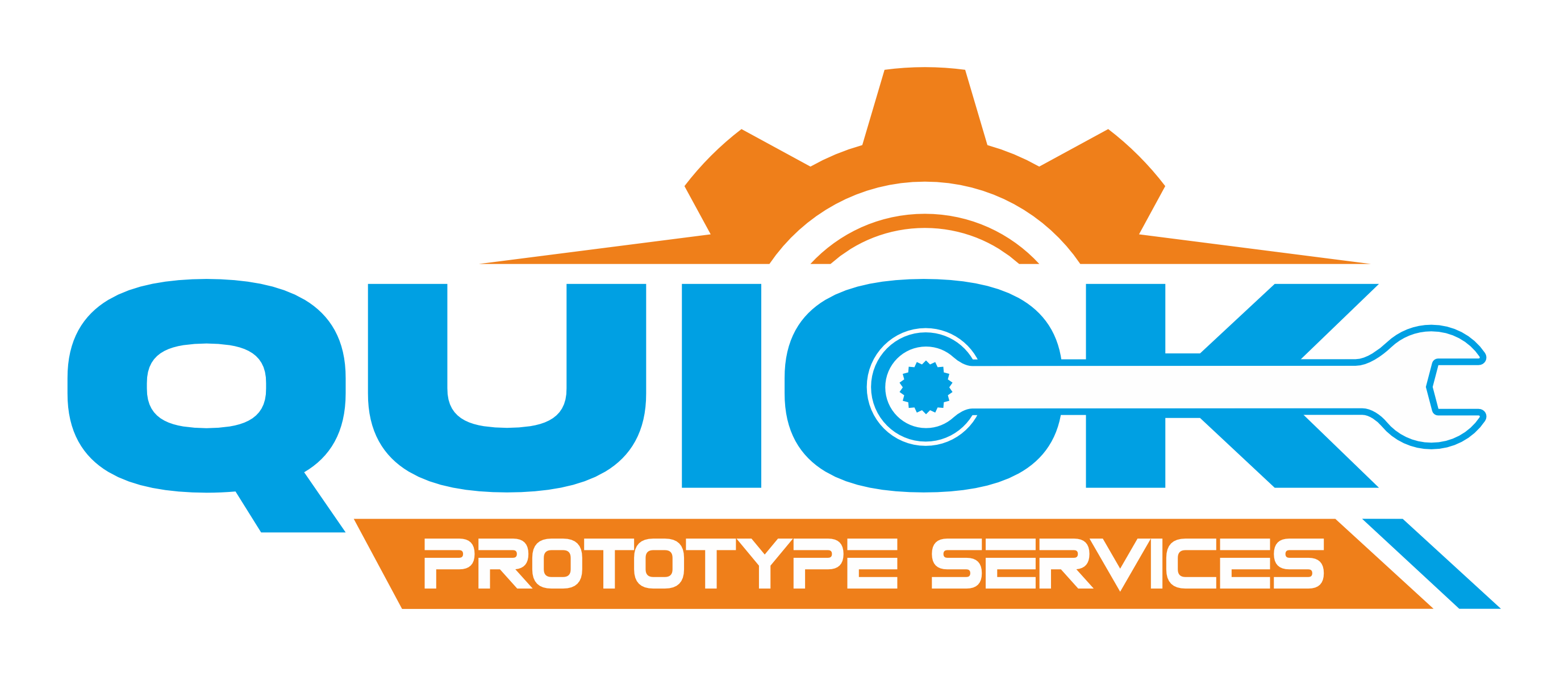About Electroplating
Electroplating is a versatile surface treatment process that involves the deposition of a thin layer of metal onto a substrate using an electrolytic cell. This electrochemical technique offers numerous advantages, including enhanced corrosion resistance, improved wear properties, increased durability, and enhanced aesthetics. By applying an electric current to a solution containing metal ions and a conductive substrate, the metal ions are reduced to form a thin, adherent coating on the surface of the substrate.
One of the key benefits of electroplating is its ability to tailor the properties of the coated surface to meet specific requirements. Different metals can be used for plating, such as tin, nickel, and chromium, each offering unique characteristics suited to various applications. For example, nickel plating provides excellent corrosion resistance and wear properties, making it ideal for automotive and industrial components, while chromium plating offers exceptional hardness and decorative appeal, often used in automotive trim and household fixtures.
Electroplating finds widespread use across industries such as automotive, aerospace, electronics, jewelry, and plumbing, among others. In automotive applications, electroplated coatings are utilized to protect components from corrosion and abrasion, while in electronics, they serve to enhance conductivity and solderability. In jewelry making, electroplating is used to create decorative finishes and prevent tarnishing, extending the lifespan of the jewelry piece.
When considering electroplating for a specific application, factors such as substrate material, desired coating thickness, surface finish, and environmental conditions must be taken into account. Additionally, proper design considerations, such as tolerances for plating thickness and part geometry, are essential to ensure successful plating outcomes and compatibility with assembly requirements.
By leveraging the capabilities of electroplating, manufacturers can achieve superior surface finishes, improve product performance, and enhance the overall quality and durability of their metal components.
Electroplating Specifications
- Materials: Aluminum, Steel, Stainless Steel
- Plate Type: Tin, Nickel, Electroless Nickel
- Texture: Smooth, glossy finish
- Applications: Electrical connections, marine, Chemical factory, Food and beverage production
- Subtypes: Galvanizing, nickel plating, tin plating, passivation
Design Considerations:
- Tolerances should consider plating thickness, ensuring parts fit into larger assemblies.
- Part geometry influences current distribution during electroplating, necessitating attention to uneven buildup.
- Material selection should align with desired characteristics such as corrosion resistance and strength.
Start your next project with anodizing today! Get a Quote and explore related resources and appearance of your metal components.


